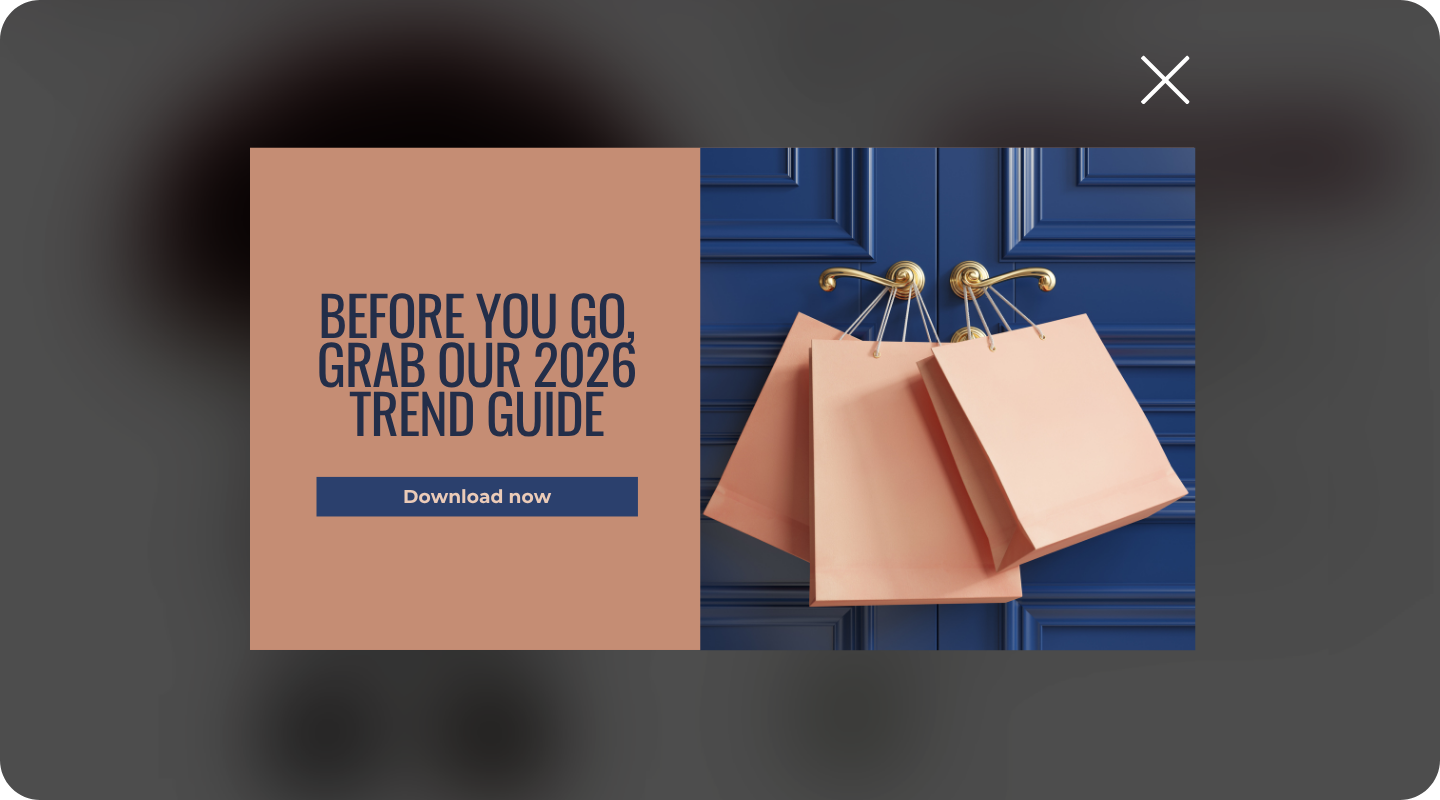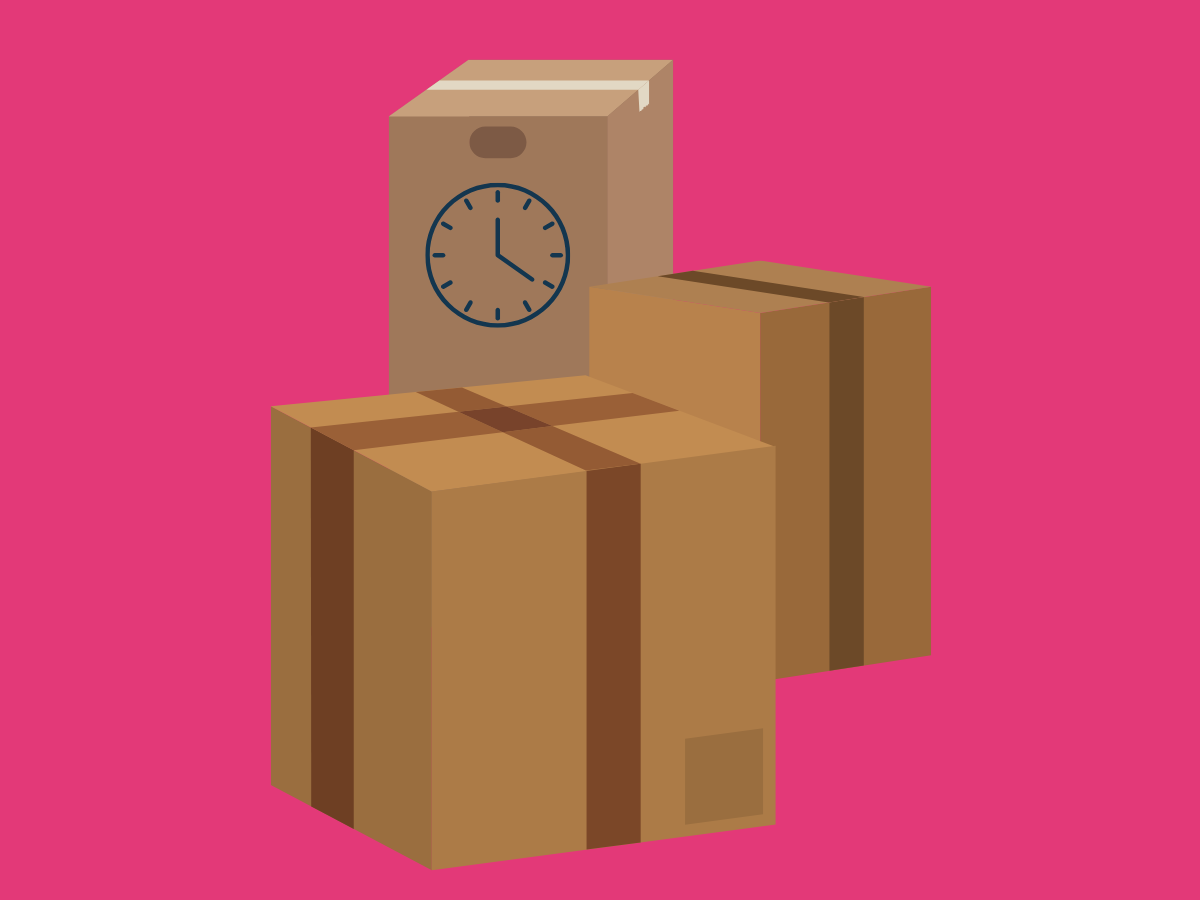Building a promotion strategy around customer intent

Most promotion strategies work backward.
You decide on a discount. Then you blast it to everyone. Then you hope enough people buy to make it worthwhile.
There's a better way.
Start with understanding who's in front of you. Then give them what they actually need to buy.
Not everyone needs the same thing. And once you stop treating them like they do, your promotions start working harder.
The three-tier approach to intent
Think of your visitors in three groups based on how close they are to making a purchase.
High-intent visitors know what they want. They've done their research. They're comparing options or are ready to buy. They just need a reason to choose you over someone else (and that reason might not be price).
Medium-intent visitors are interested but not convinced. They like what they see but have questions. Perhaps it's about quality, delivery, or whether this is the right product for you. They need confidence, not discounts.
Low-intent visitors are browsing. They might not even know what they're looking for. Some will never buy. Others need time and information before they're ready.
The mistake most retailers make is offering the same 10% off overlay to all three groups.
High-intent visitors didn't need it. Medium-intent visitors needed reassurance instead. Low-intent visitors took your discount and left anyway.
Research from Accenture found that 91% of consumers are more likely to shop with brands that provide relevant offers and recommendations. Relevance means matching the offer to the intent.
What to show high-intent visitors
Here's what high-intent visitors need when they're ready to make a purchase.
Friction removal, not discounts. These people are prepared to pay your price. They're looking for reasons to trust you and ways to buy quickly.
Show them clear delivery costs and timeframes. Nobody wants surprise charges at checkout. Display stock availability prominently. Nothing kills a ready-to-buy mood like "out of stock" after they've invested time.
Offer multiple payment options. Research from Baymard Institute indicates that 10% of shoppers abandon their carts due to a lack of available payment options. If someone wants to use PayPal or Apple Pay and you don't have it, they're gone.
Highlight trust signals. Security badges, return policies, and customer service contact details. High-intent visitors are doing their final risk assessment. Make it easy for them to say yes.
Simplify your checkout. Remove optional fields. Enable guest checkout. Show a progress indicator. Every extra step is a chance for them to reconsider.

Save your discounts for cart abandoners who showed high intent but left. Even then, test whether free delivery or a free gift works better than a percentage off.
How to nudge medium-intent visitors effectively
Medium-intent visitors need help making a decision.
They're interested but uncertain. Your job is to build confidence, not cut prices.
Social proof works here. Show them reviews from real customers. Not just star ratings—actual written reviews that answer common questions. According to Spiegel Research Center, displaying reviews can increase conversion rates by 270%.
Comparison tools help them make informed decisions between options. If they're looking at three similar products, make it easy to see the differences. Don't make them open tabs and try to remember specifications.
Educational content builds trust. Size guides, styling tips, how-to videos, and FAQ sections. These visitors are still learning. Give them the information they need.
Live chat or chatbots can answer specific questions. Sometimes one answer is all it takes to move someone from "maybe" to "yes."
Time-limited incentives can work here, but only if they're genuine. "15% off this category today only" might push someone over the edge if they were already close to the limit. But don't cry wolf with fake urgency. Shoppers can tell.
When to give up on low-intent visitors
Some visitors aren't ready to buy. That's fine.
Don't waste your promotion budget trying to convert them right now. Instead, capture them for later.
Email capture is effective if you provide a compelling reason for doing so. "Join our mailing list for 10% off" works. "Get our gift guide" or "Download our buying guide" works better because it acknowledges they're still researching.
Exit-intent overlays can catch them as they leave. However, don't offer a discount to someone who spends only 12 seconds on your homepage. They weren't buying anyway. Offer content instead.
Retargeting ads keep you in their mind as they continue shopping around. Show them the categories they viewed, not the specific products. They're not yet ready for product-level decisions.
Give up quickly on visitors who bounce immediately or show no engagement. Research from Contentsquare shows that visitors who leave within 10 seconds are unlikely to return. Don't throw promotions at people who clearly aren't interested.
The exception? If they visited specific product pages even briefly, they might be comparing across multiple sites. Try to capture their email for "price drop alerts" or "back in stock notifications."

Timing your interventions based on intent
When you show an offer, what you show matters as much as what you show.
High-intent visitors respond to interventions at decision points. When they're viewing product details, reading reviews, or adding items to the cart, that's when friction-removal messages are most effective. "Free delivery on orders over £50", right as they add a £45 item to the cart? That might push them to add one more thing.
Don't interrupt them too early. Let them explore first.
Medium-intent visitors need time to browse before you intervene. Watch for signals that they're getting stuck, viewing the same product multiple times, and comparing similar items. That's when to offer help through chat or show comparison content.
Exit-intent works well here. If they're about to leave after viewing several products, that's your moment to offer a small incentive or ask if they need assistance.
Low-intent visitors should see interventions at the exit, not during their first 30 seconds of interaction. They came to look around, so let them. Try to capture their information as they leave, not while they're still forming an impression of your site.
The key is patience. Don't be desperate. Let each visitor move at their own pace.
Testing and learning from intent-based campaigns
You won't get this right immediately. That's expected.
Start by testing one change at a time so you know what's actually working.
Test different offers for different intent levels. Perhaps high-intent visitors respond more favourably to free shipping than to discounts. Perhaps medium-intent visitors need more time to make a decision than you thought. Maybe your low-intent capture rate improves with different lead magnets.
Track these metrics for each intent group:
- Conversion rate (are they making a purchase?)
- Average order value (are they spending more?)
- Margin per order (are you keeping more profit?)
- Return rate (are you attracting quality customers?)
- Time to conversion (how long does the journey take?)
You don't need 250 tests, but you do need to test consistently.
Watch for unintended consequences. If your high-intent offer works so well that everyone tries to game the system to get it, you need to tighten your targeting. If your medium-intent nudges accidentally train people to abandon carts, adjust your timing.
Example: You test showing free delivery to high-intent visitors versus showing a 10% discount. Free delivery converts 8% better and adds £12 to the average order value, as people tend to add items to reach the threshold. That's a winner. Keep testing variations like "Free delivery over £40" versus "Free next-day delivery."
Common mistakes and how to avoid them
Mistake one: Making intent categories too rigid. Visitors move between intent levels. Someone browsing (low intent) might suddenly find precisely what they want (high intent). Your system needs to recognize that shift and respond accordingly.
Mistake two: Over-discounting medium intent. When you're unsure if someone will convert, it's tempting to offer a discount. Resist. Try everything else first. Social proof, better product information, and comparison tools. Save discounts for when nothing else works.
Mistake three: Ignoring mobile versus desktop behavior. Mobile browsers often show lower intent signals but convert later on desktop. Don't write them off. Focus on capturing their interest and information rather than pushing for immediate conversion.
Mistake four: Intervening too quickly. Nothing screams "desperate" like a discount overlay before someone's even seen your products. Let people form an opinion first. Research from Nielsen Norman Group shows that intrusive overlays harm user experience and brand perception.
Mistake five: Forgetting to test. Your customers are unique to you. What works for another retailer might not work for you. Test your assumptions. Then test them again.
Mistake six: Making it too complicated. You don't need a perfect intent model. You need a working one. Start with three simple rules and refine from there. Better to launch something imperfect than to plan something perfect that never happens.
Putting it all together
An intent-based promotion strategy isn't about having different discounts for different people. (Though that's part of it.)
It's about giving each visitor what they actually need to move forward.
High-intent visitors need confidence and convenience. Medium-intent visitors need information and reassurance. Low-intent visitors require time and a means to return later.
When you stop treating everyone the same, three things happen. Your margins improve because you stop discounting unnecessarily. Your conversions increase because you're removing real barriers. Your customer base strengthens because you're attracting buyers, not just bargain hunters.
The best part? You probably already have most of the tools you need. Your analytics platform can identify intent signals. Your eCommerce platform can show different messages to different visitors. You just need to connect the dots.
Start small. Pick one intent level. Change one thing. Measure what happens.
Then do it again.






